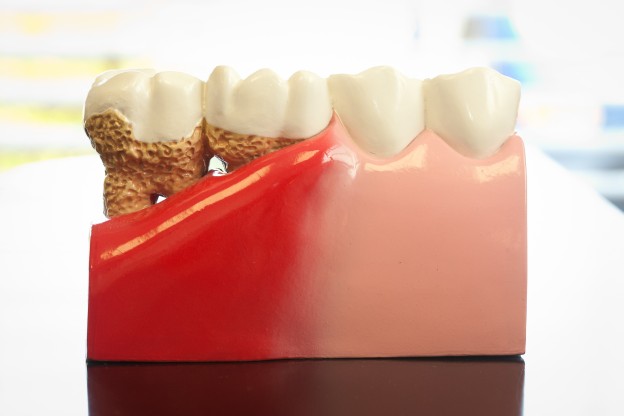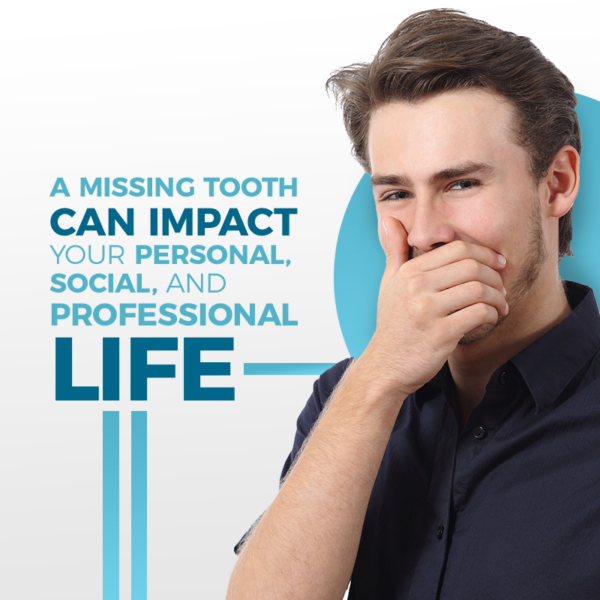[fusion_builder_container hundred_percent=”no” equal_height_columns=”no” menu_anchor=”” hide_on_mobile=”small-visibility,medium-visibility,large-visibility” class=”” id=”” background_color=”” background_image=”” background_position=”center center” background_repeat=”no-repeat” fade=”no” background_parallax=”none” parallax_speed=”0.3″ video_mp4=”” video_webm=”” video_ogv=”” video_url=”” video_aspect_ratio=”16:9″ video_loop=”yes” video_mute=”yes” overlay_color=”” video_preview_image=”” border_size=”” border_color=”” border_style=”solid” padding_top=”” padding_bottom=”” padding_left=”” padding_right=””][fusion_builder_row][fusion_builder_column type=”1_1″ layout=”1_1″ background_position=”left top” background_color=”” border_size=”” border_color=”” border_style=”solid” border_position=”all” spacing=”yes” background_image=”” background_repeat=”no-repeat” padding_top=”” padding_right=”” padding_bottom=”” padding_left=”” margin_top=”0px” margin_bottom=”0px” class=”” id=”” animation_type=”” animation_speed=”0.3″ animation_direction=”left” hide_on_mobile=”small-visibility,medium-visibility,large-visibility” center_content=”no” last=”no” min_height=”” hover_type=”none” link=””][fusion_text]
A risk factor is something that increases the likelihood of developing a disease or injury. In other words, it co-exists with a disease or injury and can contribute to a disease developing, worsening, or affect the treatment for the particular condition. Periodontal disease, an oral bacterial infection that can result in bone and tooth loss, is no exception in that it has many risk factors associated with it. Below are just a few of the most common risk factors.
Top 3 Risk Factors for Gum Disease
Smoking:
“Quitting smoking now greatly reduces serious risks to your health.” This warning, often seen on cigarette packages, brings to mind mostly lung cancer, emphysema, etc. However, quitting smoking can greatly reduce the risk of gum disease. Did you know that half of the gum disease in smokers is caused by smoking? “Studies have found that tobacco use may be one of the biggest risk factors in the development of periodontal disease,” says David A. Albert, D.D.S., M.P.H. Dr. Albert is an associate professor at the Columbia University College of Dental Medicine.
Smoking affects the mouth in many ways:
- Smokers have more calculus (tartar) than nonsmokers. Calculus is the hardened form of plaque. This may be the result of a decreased flow of saliva.
- Smokers have more severe bone loss and more deep pockets between their teeth and gums than nonsmokers. In studies, smokers were three to six times more likely to have gum destruction than nonsmokers. Severe bone loss was five times greater among current or former heavy smokers than among people who never smoked.
- It makes treatment much more difficult and the treatment is less likely to succeed. That’s because smoking hinders healing in your mouth.
- Dental implants are much more likely to fail in people who smoke, because of poor bone healing. Smokers also don’t respond as well to oral surgery treatments.
Another very interesting point to note is “smokers have much less gum bleeding and redness than other people even though their mouths are not healthy,” Dr. Albert says. This is often what we in the periodontal community call disease masking, leading to a false impression that the gums are healthy. It is therefore very important that tobacco smokers have regular dental exams to evaluate their gum health.
Diabetes:
Diabetics have a higher risk of developing gum disease than people who have healthy blood sugar levels. And even more compelling is that the relationship appears to go both ways; research indicates that having a serious gum infection can make it more difficult to control blood sugar levels. It is often cyclical in nature and can be frustrating to a person who has both conditions.
How do high blood glucose levels affect your oral health? For a person with diabetes, it is more difficult to defend the body from a bacterial infection; high glucose levels make it easier for bacteria to flourish in the mouth. The germs in plaque infect the teeth and gums, leading to gingivitis, the first stage of this disease. If left untreated, this oral health condition can result in tissue damage and eventual tooth loss.
How does periodontal infection or disease affect diabetes? Having a serious infection anywhere for a diabetic may contribute to rising blood sugar levels. And there is some research that periodontal disease may indeed contribute to someone developing diabetes! Periodontitis may raise levels of inflammatory cytokines and other components that can produce an insulin resistance syndrome similar to that observed in diabetes. This can then initiate destruction of pancreatic beta cells leading to the development of diabetes. According to the American Academy of Periodontology (AAP), “Periodontal disease is often considered the sixth complication of diabetes.
Poor Oral Hygiene:
Routine oral care, which includes brushing about three times a day, and flossing at least once a day, is the best way to prevent gum disease. However, a recent survey estimates that only 13.5 percent of Americans floss each day. Often, it’s not how hard you work but how smart you work. In other words, it is better to perform these actions with thoroughness and good “aim” at the bacteria versus how many times a day or how long you do each of these actions. Thorough removal of the plaque is more important than brands of toothbrushes, pastes, mouthwashes, etc. Although these tools can augment a good home care routine, they may not offer significant help if plaque is still left behind.
Other significant risk factors for gum disease include stress, heredity, underlying immuno-deficiencies such as AIDS, crooked teeth, certain medications and female hormones to list a few more. A periodontist is a dental specialist who has the training and expertise to be familiar with not only the risk factors, but can offer a good diagnosis and treatment recommendations if you have any of these risk factors and gum disease.
[/fusion_text][/fusion_builder_column][/fusion_builder_row][/fusion_builder_container]



 Warning Signs of Periodontal Disease Anyone Can Recognize
Warning Signs of Periodontal Disease Anyone Can Recognize
